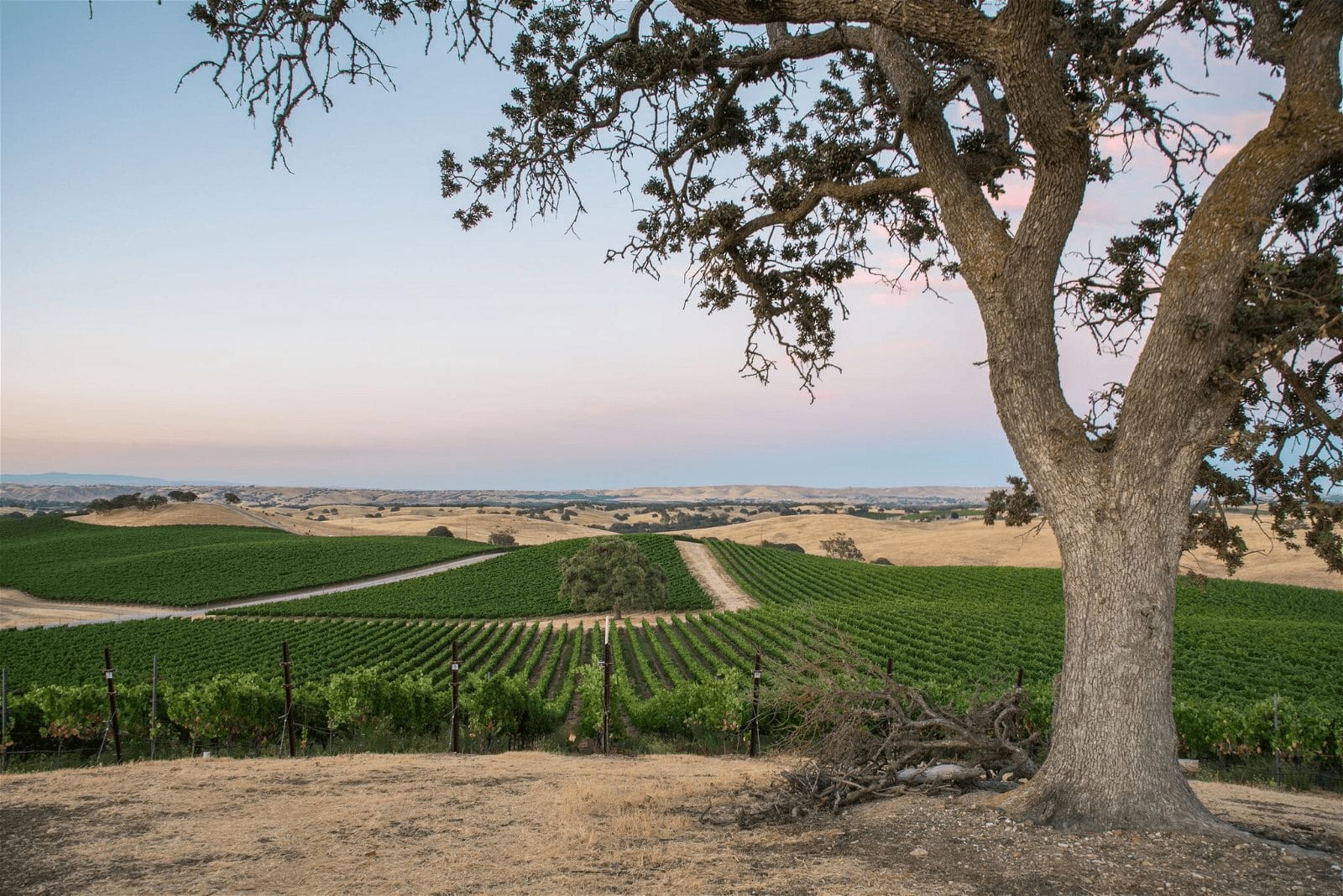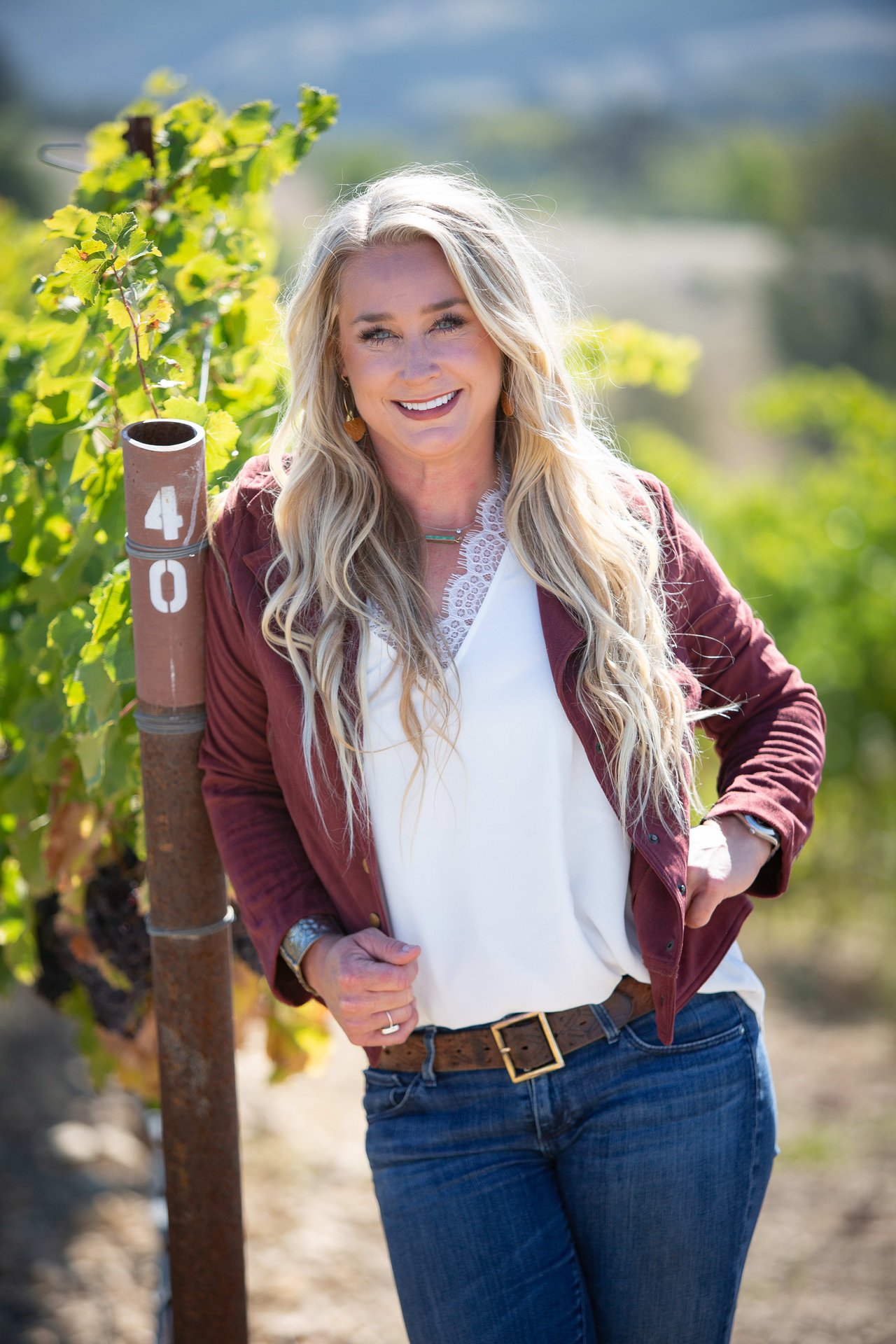1. Block Map with acreage (row/vine count if possible)
2. Breakdown (year planted, variety, rootstock and clone, please list nursery(s) sources)
3. Historical yields, tons per variety
4. Farming company or owner-managed?
5. Farming costs
6. Frost protection information
7. Grapes sales, historic price/ton breakdown, plus future commitments
8. Water
a. Source(s) and capacities (wells, storage tanks) and testing reports
b. Water quality reports
c. Shared water agreements
d. Water System diagram
e. Well drilling/test reports
f. Drainage installation and maps
g. Government Regulations (SGMA and local agencies)


